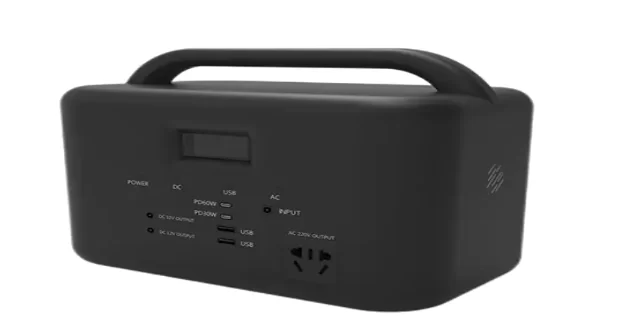Solar Power System Installation: Harnessing the Power of the Sun
In today’s world, where environmental concerns and energy costs are on the rise, more and more people are turning to solar power as a sustainable and cost-effective energy solution. Installing a solar power system can not only reduce your carbon footprint but also save you money on your electricity bills in the long run. In this blog post, we’ll take a closer look at the process of solar power system installation and discuss some of the key considerations.
1. Assess Your Energy Needs
The first step in installing a solar power system is to assess your energy needs. This involves determining how much electricity you consume on a daily, monthly, and annual basis. You can obtain this information from your utility bills or by using an energy monitoring device. Once you know your energy consumption, you can determine the size of the solar power system you’ll need to meet your requirements.
2. Choose the Right Solar Panels
There are many different types of solar panels available on the market, each with its own advantages and disadvantages. Some factors to consider when choosing solar panels include efficiency, durability, warranty, and price. It’s also important to choose panels that are certified by recognized organizations such as the International Electrotechnical Commission (IEC).
3. Select a Solar Inverter
The solar inverter is a crucial component of your solar power system as it converts the direct current (DC) electricity generated by the solar panels into alternating current (AC) electricity that can be used by your home or business. There are several types of inverters available, including string inverters, microinverters, and power optimizers. Each type has its own pros and cons, so it’s important to do your research and choose the one that best suits your needs.
4. Determine the Installation Location
The location of your solar panels is also an important consideration. Ideally, the panels should be installed on a south-facing roof or in an area that receives maximum sunlight throughout the day. The panels should also be installed at an angle that maximizes their exposure to the sun. If you don’t have a suitable roof, you may be able to install ground-mounted solar panels.
5. Obtain Permits and Approvals
Before you can install a solar power system, you’ll need to obtain the necessary permits and approvals from your local government. This may include building permits, electrical permits, and zoning approvals. The process for obtaining these permits can vary depending on your location, so it’s important to check with your local authorities early in the process.
6. Hire a Professional Installer
Installing a solar power system is a complex process that requires specialized knowledge and skills. It’s important to hire a professional installer who is experienced in solar power system installation and has a good reputation. The installer should be licensed and insured and should be able to provide references from previous customers.
7. Monitor and Maintain Your System
Once your solar power system installation, it’s important to monitor its performance and perform regular maintenance to ensure that it continues to operate efficiently. This may include cleaning the solar panels, checking the inverter for faults, and monitoring your energy production. Many solar power systems come with monitoring software that allows you to track your energy production in real-time.
In conclusion, solar power system installation can be a great way to reduce your carbon footprint and save money on your electricity bills. However, it’s important to do your research and choose the right components, installer, and installation location to ensure that your system operates efficiently and safely. With the right planning and preparation, you can enjoy the benefits of solar power for years to come.
Introducing Huijue portable household energy storage power supply, has high energy density and high charge-discharge conversion efficiency. The BMS battery management system has multiple protection functions. The system is flexible and reliable, scalable and upgradeable; High modularity, simple structure, easy installation and maintenance.This battery has a capacity of 500w and can charge your mobile phone and computer multiple times. It is a good companion at home and when traveling.


